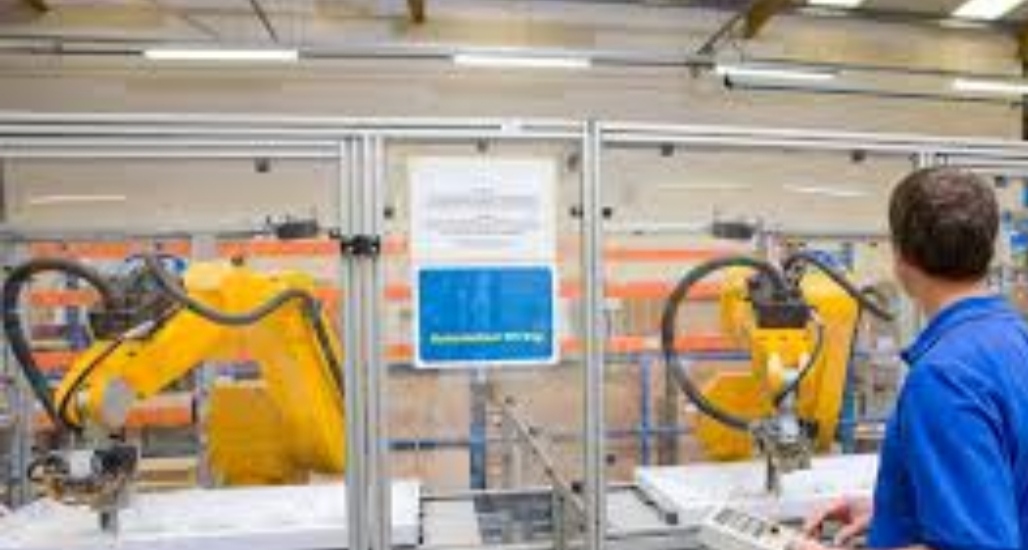Tax cuts create jobs by letting families or businesses keep more of the money they earn. The idea is that consumers will buy more things, thereby stimulating demand. Businesses use tax cut money to hire much-needed workers. All tax cuts are not created equal when it comes to job creation, though. For example, a Congressional Budget Office study found that while the Bush tax cuts created 4,600 jobs for every $1 billion in foregone tax revenue, payroll tax cuts did better—they created 13,000 new jobs for every $1 billion spent. Companies use tax savings in one of four ways, all of which increase the demand needed to drive job growth:
Reduce prices
Increase employee wages
Buy more supplies
Hire more workers directly
The best was a payroll tax cut given only for new hires. With it, every $1 billion created 18,000 new jobs. According to theories by supply-side economics, trickle-down economics, and the Laffer Curve, tax cuts on businesses and the wealthy drive the economy towards growth. With less taxes and more wealth to dispose of, companies and those in the upper-income bracket can spend much more and bring about activities that generate demand for new jobs. This is why so many people favor payroll tax cuts as the best form of tax cuts.




